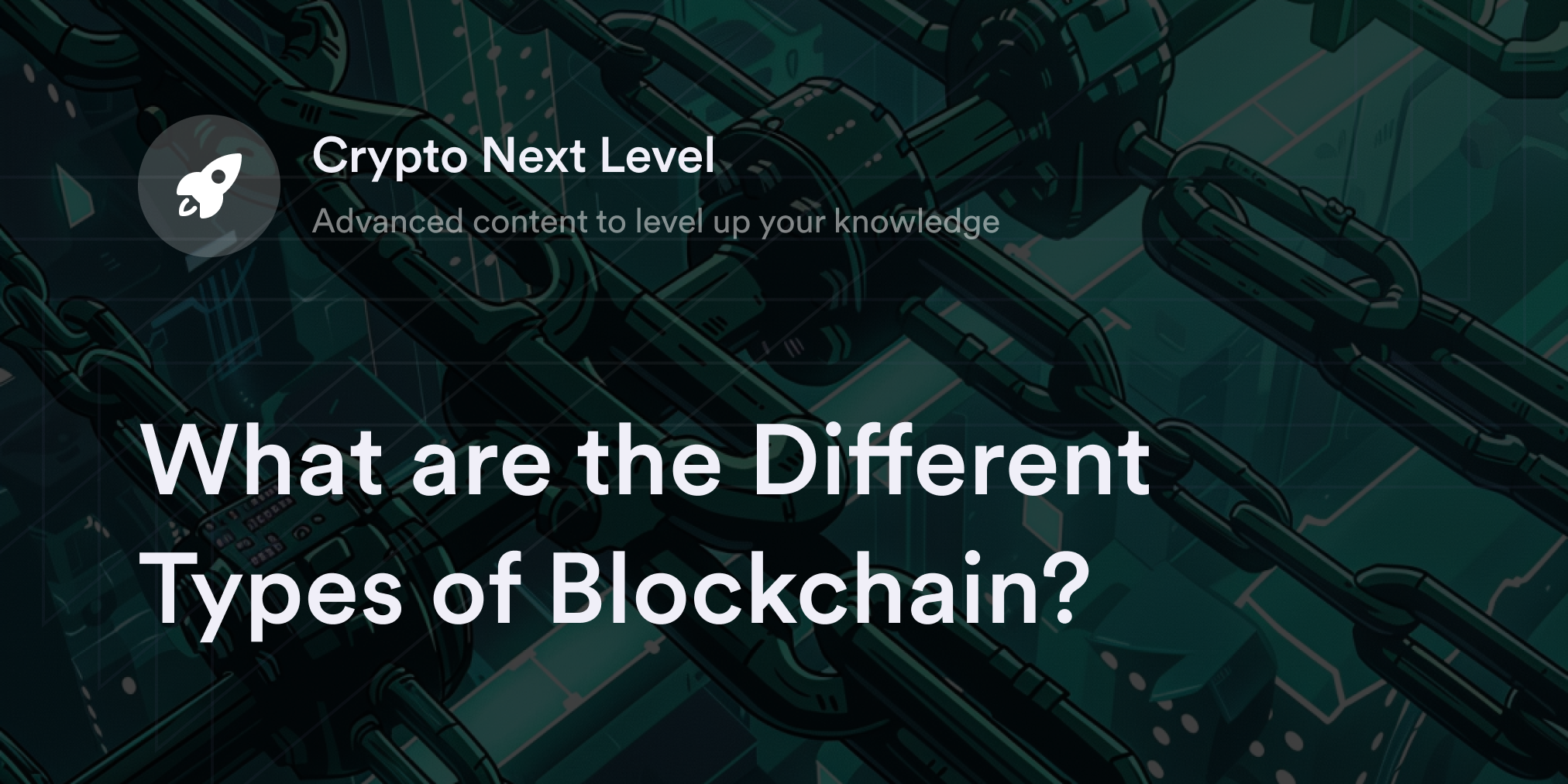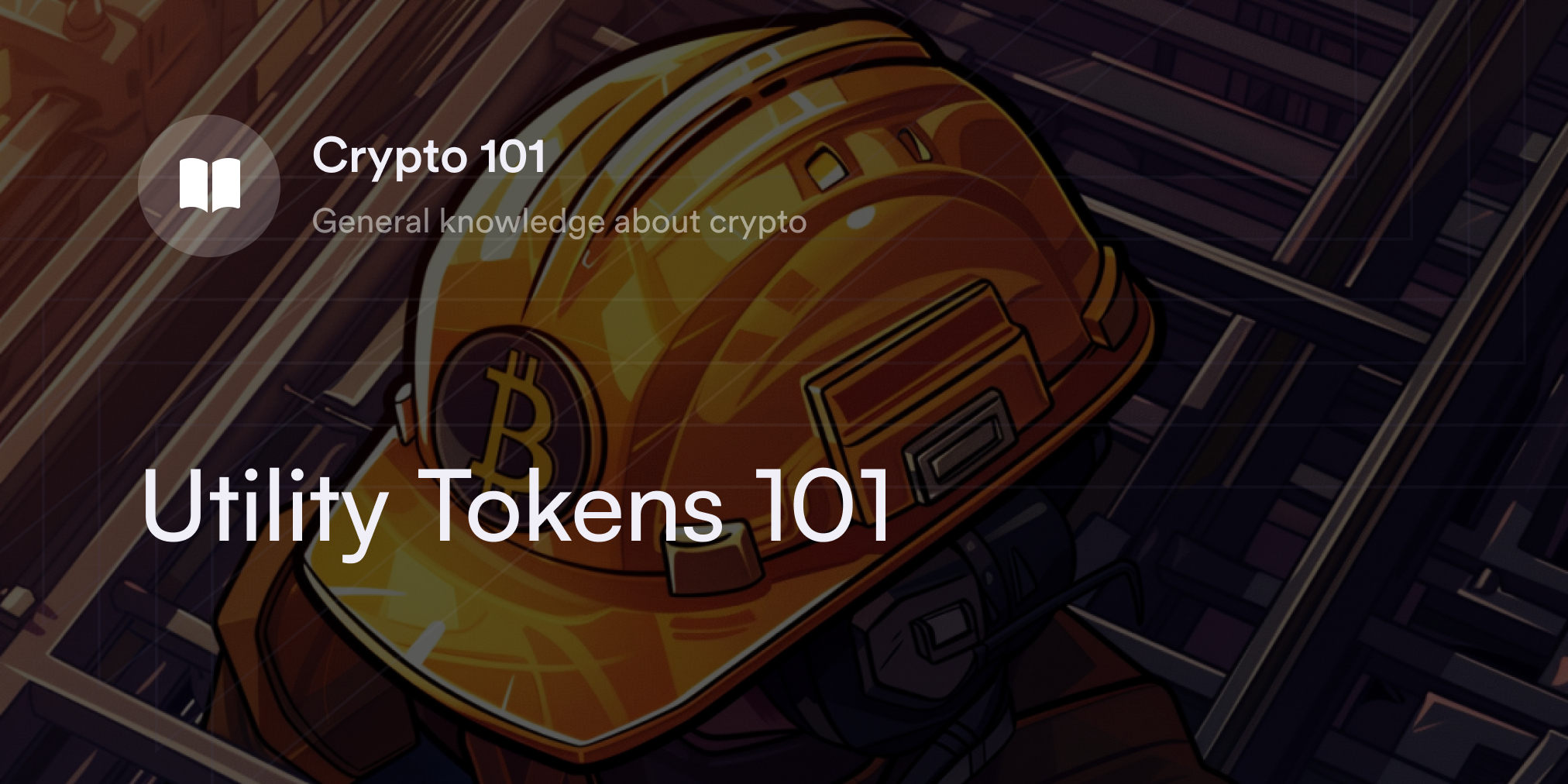


The advent of the internet in the mid-20th century was a revolutionary invention. And the web’s early versions were decentralized, meaning they didn’t involve any centralized authority.
Pioneering programmers such as J. C. R. Licklider, Tim Berners-Lee, and Paul Baran likely deliberately used decentralized computer networks and databases to avoid creating central targets and significant security threats. However, as big tech companies gained prominence, the web became more reliant on centralized corporate-controlled servers (aka Web 2.0).
To counter the trend toward centralization, Web 3.0 advocates seek to expand the use of decentralized models such as peer-to-peer (P2P) networks.
Learn what peer-to-peer is, if it’s the next step in the internet's evolution, and how cryptocurrencies relate to P2P networks.
What is a Peer-to-Peer Network?
Although there are many variations of specific P2P systems, at their core, peer-to-peer networks are online protocols that don’t use a centralized server to store or transfer data. In the traditional client-server model, internet users connect to a central computer server whenever they want to communicate with others or access online content. For example, clients using Amazon’s AWS cloud must rely on Amazon to access and transfer data across its client-server network.
Alternatively, on P2P networks, every network participant also becomes a local server. Once they download P2P software onto their computer, they instantly become a part of the network’s database or node. No node within a P2P system serves as the privileged site for storing and transmitting data as in the centralized server model. Instead, everyone on a P2P network has the same access to information and responsibilities to maintain and manage data on the protocol.
Although computer scientists experimented with P2P networks throughout the late 20th century (e.g., Usenet), this technology took center stage in the late ’90s with the release of Napster. Created by Sean Parker and Shawn Fanning, Napster allowed anyone to share music files without a third party, thanks to its P2P design. Although Napster shut down in 2001 after the Recording Industry Association of America (RIAA) filed a lawsuit against the company, it helped bring P2P file-sharing networks to the mainstream. Other sites that use P2P include BitTorrent, Gnutella, and Kazaa.
What Are the Uses of Peer-to-Peer Networks?
There are many potential applications for P2P networks. For example, companies can create P2P networks for internal data recording and sharing to streamline their workflows without relying on third-party servers. Some charitable sites use “peer-to-peer fundraising” to transfer digital money directly between users.
In fact, P2P protocols serve as the architecture behind decentralized cryptocurrencies, such as Bitcoin (BTC). As long as enough computers join a network, there’s no limit to the potential applications developers could build with P2P models.
What Is the Peer-to-Peer Model in Blockchain?
Blockchain is a P2P network used to help secure cryptocurrencies without resorting to a central authority, such as a bank. First introduced by cryptographer Satoshi Nakamoto in 2008, this P2P system uses a consensus algorithm that participating nodes follow to join the protocol. In Bitcoin’s case, Nakamoto created a proof-of-work system (PoW) where nodes or miners need to solve math problems every 10 minutes to post the next block of Bitcoin transactions on a distributed payment ledger. Anyone who downloads the Bitcoin payment ledger and runs their computer on Bitcoin’s P2P software can earn BTC rewards after every math problem they solve. For extra security, nodes on the Bitcoin protocol verify each transaction six times before posting it on the payment ledger.
Nakamoto’s intricate PoW method allows anyone using Bitcoin’s blockchain to send virtual currency generally securely without requiring a bank to verify transfers.
Although Bitcoin remains the dominant digital currency, countless other cryptocurrencies use blockchain technology. Some projects, like Ethereum, aim to use blockchain’s P2P software to decentralize web applications. Using automated programs called smart contracts, the Ethereum blockchain allows developers to create decentralized applications (dApps) to handle complex functions without intermediaries. For instance, in the decentralized finance (DeFi) field, dApps allow people to trade, lend, or borrow cryptocurrencies in a P2P fashion. The smart contracts on finance dApps recognize input data and execute their preprogrammed commands. In peer-to-peer lending, dApps such as MakerDAO allow users to loan cryptocurrencies to borrowers without intermediaries. Smart contracts on the MakerDAO protocol recognize and record crypto deposits and withdrawals from each user’s self-custodial wallet.
Decentralized cryptocurrency exchanges (DEXs) such as dYdX use the P2P model in DeFi. Unlike centralized exchanges (CEXs) like Coinbase, DEXs are dApps on blockchains that use smart contracts to record and process cryptocurrency transactions. People who buy and sell cryptocurrencies on DEXs link a crypto wallet and swap digital assets directly with other users.
Outside DeFi, blockchain developers experiment with dozens of unique P2P online experiences in gaming, social media, and shopping to let users create, sell, and transfer digital collectibles without third-party intervention.
What Are the Benefits and Drawbacks of Peer-to-Peer Networks?
Advocates of online privacy and autonomy praise P2P’s censorship-resistant design, but this model has a few potential downsides. Here are some of P2P’s advantages and disadvantages:
Here Are What Some May Consider the Benefits:
No single failure point: Because every node on a P2P model is a mini server, there’s no central target for hackers. While not impossible, it’s tougher for malicious actors to override 51% of a P2P’s system than take over one centralized server.
Censorship-resistant: Since no privileged authorities exist in P2P systems, blocking users from sharing data is more challenging. P2P users can send or receive digital files without worrying about a server’s owner restricting their actions.
Scalable: There’s no need to invest in massive servers when setting up a P2P system. Anyone with access to the P2P protocol has the power to join the network, making it easy for these networks to grow quickly.
Here Are What Some May Consider the Risks:
Susceptible to Sybil attacks: For context, hackers corrupt a node on a P2P network in a Sybil attack to give the illusion of controlling multiple nodes. The confusion caused during a Sybil attack gives hackers greater control over a P2P protocol, often destroying trust in a P2P system.
Difficult to backup data: Since P2P models don’t use a centralized server, there’s no single place to organize and store data in the network. A P2P network can’t retrieve essential data from a centralized source during a system-wide hack or malware virus.
Trade P2P Crypto Perpetuals on dYdX
Since launching on Ethereum in 2017, dYdX has offered traders a decentralized P2P cryptocurrency trading experience. As long as you are an eligible user and have a compatible crypto wallet, you’re free to trade dozens of crypto perpetuals contracts with up to 20x leverage.
Head to our blog to learn about DeFi and trading crypto perps on dYdX. Also, check out our academy for more cryptocurrency-related content.
Start trading on dYdX today!
Disclaimer
The content of this article (the “Article”) is provided for general informational purposes only. Reference to any specific strategy, technique, product, service, or entity does not constitute an endorsement or recommendation by dYdX Trading Inc., or any affiliate, agent, or representative thereof (“dYdX”). Use of strategies, techniques, products or services referenced in this Article may involve material risks, including the risk of financial losses arising from the volatility, operational loss, or nonconsensual liquidation of digital assets. The content of this Article does not constitute, and should not be considered, construed, or relied upon as, financial advice, legal advice, tax advice, investment advice, or advice of any other nature; and the content of this Article is not an offer, solicitation or call to action to make any investment, or purchase any crypto asset, of any kind. dYdX makes no representation, assurance or guarantee as to the accuracy, completeness, timeliness, suitability, or validity of any information in this Article or any third-party website that may be linked to it. You are solely responsible for conducting independent research, performing due diligence, and/or seeking advice from a professional advisor prior to taking any financial, tax, legal, or investment action.
You may only use the dYdX Services in compliance with the dYdX Terms of Use available here, including the geographic restrictions therein.
Any applicable sponsorship in connection with this Article will be disclosed, and any reference to a sponsor in this Article is for disclosure purposes, or informational in nature, and in any event is not a call to action to make an investment, acquire a service or product, or purchase crypto assets. This Article does not offer the purchase or sale of any financial instruments or related services.
By accessing this Article and taking any action in connection with the information contained in this Article, you agree that dYdX is not responsible, directly or indirectly, for any errors, omissions, or delays related to this Article, or any damage, injury, or loss incurred in connection with use of or reliance on the content of this Article, including any specific strategy, technique, product, service, or entity that may be referenced in the Article.







